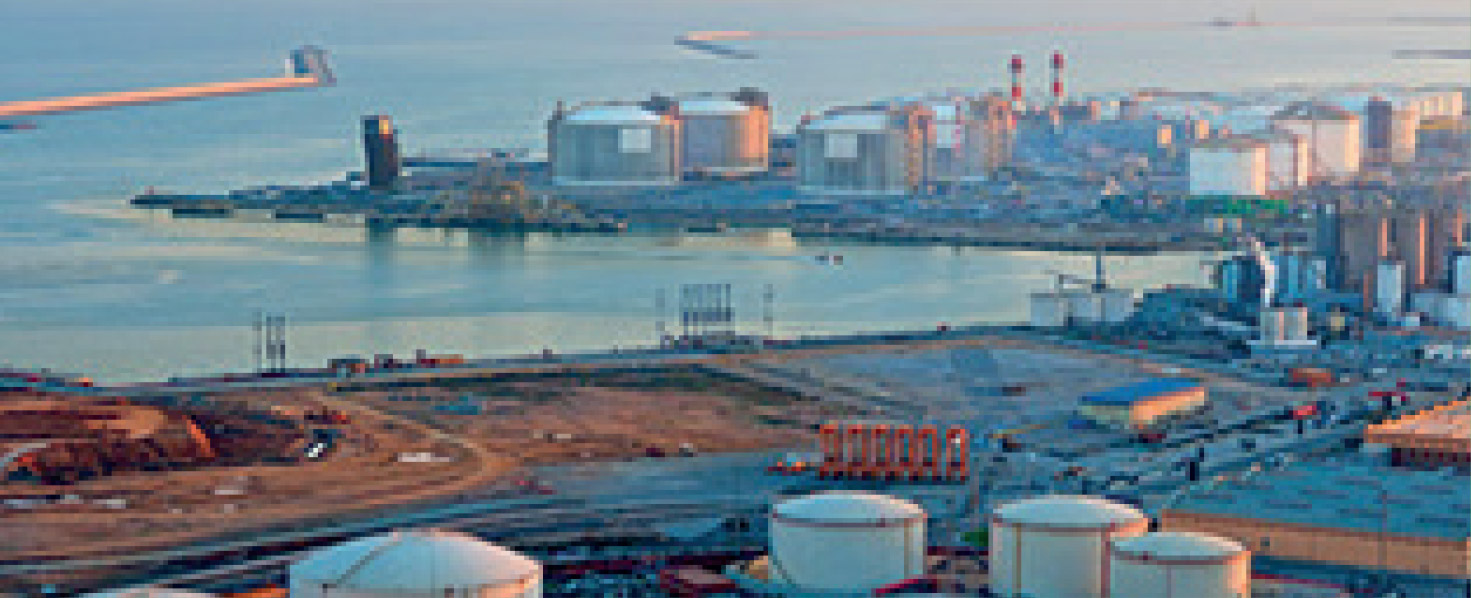India developing economy needs more Energy with every passing year and the country has seen a steady growth in overall energy production in the recent past. In terms of source of energy, India relies heavily on Fossil fuels and when it comes to Electricity, 56% of total Electricity produced comes from Coal as against an international average of 27%. India has been a late starter in using Natural Gas as a source of Energy and presently only 6.2% of its total energy is derived from Natural Gas as against an international average of 24%. High reliance on Coal has put India as one of the biggest contributors to Global warming and Environment Pollution and there is a huge pressure on the government to curb the same.
India has made a commitment in the Paris Agreement 2015 to reduce the Carbon Emissions Intensity by onethird and has agreed to achieve this by increasing the share of renewals in it’s energy mix from 6.2% now to 15% by 2022 and 40% by 2030. This is a very ambitious target and Natural Gas and Solar power are going to be the biggest contributors in achieving the same.
Already we are witnessing increasing consumption of Natural gas in the country and despite increase in domestic production, imports of Liquefied Natural Gas (LNG) has been on a rise. India imported 22 mmt of LNG in 2018, making it the fourth largest importer in the world after Japan, China and South Korea. Almost 50% of total gas consumption in India is by the Power plants followed by Fertilizer plants which consume 18~20% of the Gas. Consumption by Industrial units and City Gas distribution remain very low at less than 8% each and this is the segment which is going to witness maximum increase in demand for Gas.

The Indian Government has plans to connect 10 million households with piped gas by end of 2020 from the current 4.8 million households. There have been many rounds of bidding for various geographic areas with the latest 10th round bidding happening in 2018 giving out licences to companies for setting up distribution network and supplying Natural Gas in many districts. Overall Billions of Dollars have been committed in total and once implemented almost 70% of the country would be geographically covered with Piped Gas for Domestic use.
Rise in consumption of Natural Gas would require enhancing the entire logistics chain and already the country has been witnessing lots of activity in setting up new LNG terminals and in Pipelines. India presently has five LNG terminals with a capacity of receiving 37 mmt and another one is expected to be commissioned soon. By the end of 2019, India is expected to have installed capacity to receive 42 mmt of LNG. The existing terminals and the ones under construction are as under :
Existing Terminals :
| Sr No. | Port | Capacity (mmtpa) |
|---|---|---|
| 1 | Dahej | 17.5 |
| 2 | Hazira | 5.0 |
| 3 | Dabhol | 5.0 |
| 4 | Cochin | 5.0 |
| 5 | Ennore | 5.0 |
| Total | 37.5 | |
Dahej in Gujarat was India’s first LNG terminal commissioned in the year 2004 with 5 mmt capacity. Owned by the largest LNG importing company in India, Petronet LNG Ltd, this terminal has continuously been adding capacity with the latest addition happening in 2019. Presently the terminal has capacity to handle 17.5 mmt LNG per annum. This terminal has committed volumes of 7.5 mmtpa from Qatar and gets balance cargo from spot fixtures, making it handle almost 80% of total Gas imports into India.
The Hazira terminal is operated by Royal Dutch Shell and it has always been catering to spot fixtures bringing in Gas for the industrialised regions of Gujarat.
(To be Continued in issue XXVIII)